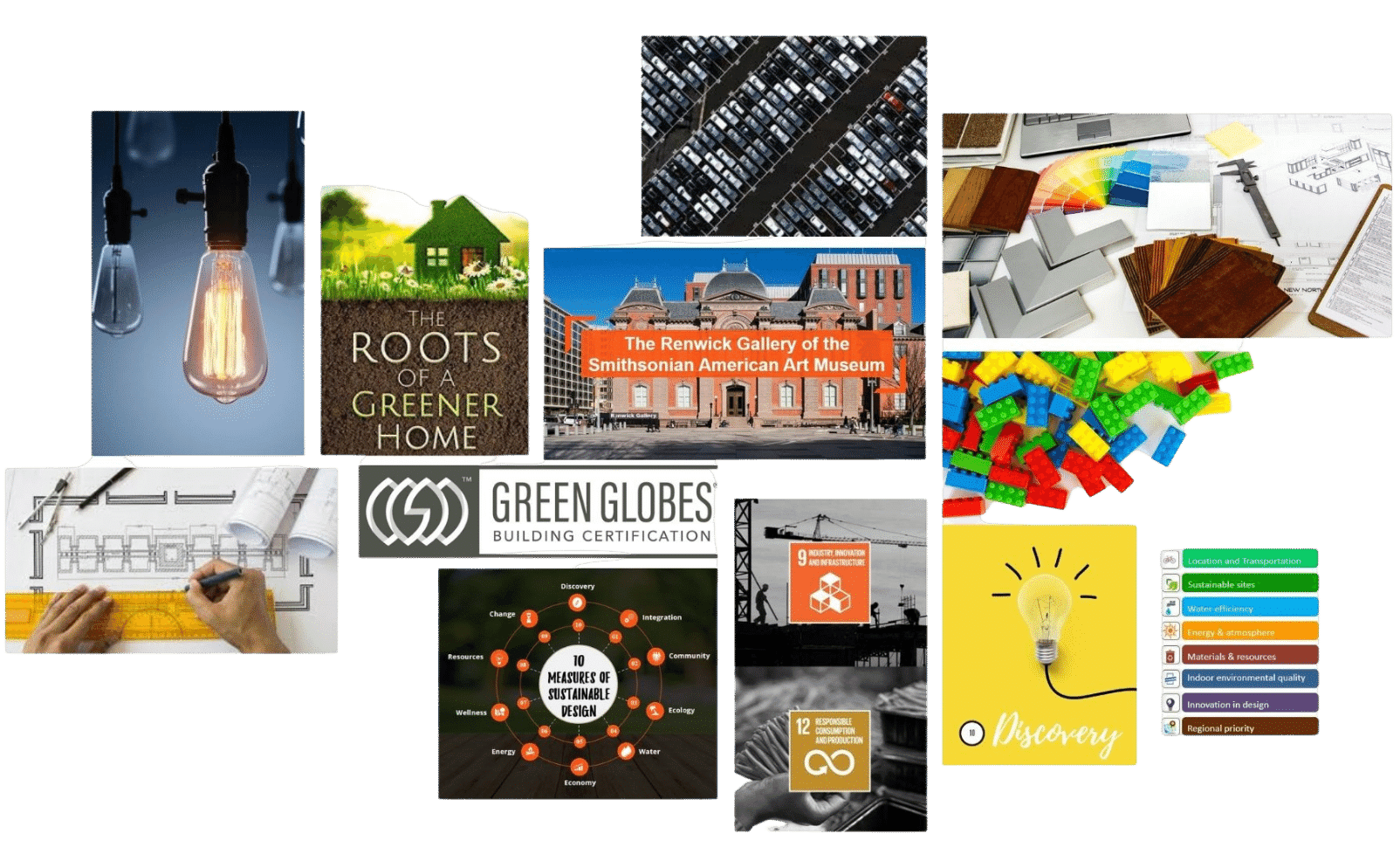Please Note: We have listed this article course as a flipbook on this page .It is for those interested in auditing the course/lesson. Please enroll in the course or get a Platinum membership and access all our courses at your leisure. This way you can report this course for Continuing Education (CE) or need a certificate. Enrolled students must take and pass the short quiz in order to earn CE credits. In addition, this course needs to be self-reported. Self-reporting information will be accessible once you complete the Quiz.
(In Part I, we reviewed the role of biotechnology in providing sustainability solutions to global challenges like human health and protecting the environment from further damage. In Part II, we take a closer look at the role of sustainable agriculture in addressing challenges like hunger, climate change, human health, renewable energy, and environmental protection.)
Sustainable agriculture is one of the most important concepts implemented in the modern world because of its multiple impacts on the environment, human health and hunger, and energy production. Biotechnology is playing a growing role in advancing sustainable agriculture, but it is just one piece of a larger pie. Sustainable agriculture is a much broader concept in which any and all agricultural practices protect the natural environment while meeting global food, environmental, and energy needs.
What you will learn
- Understand what sustainable Agriculture is
- Recognize the role of sustainable agriculture on the Health and Welfare of People, Animals, Communities, and the Environment
- Analyze the relationship between agriculture practices and climate change
- Understand how biotechnology There are many practical applications of animal biotechnology










